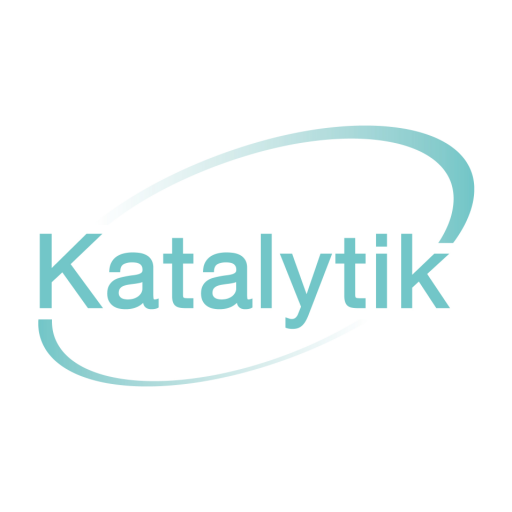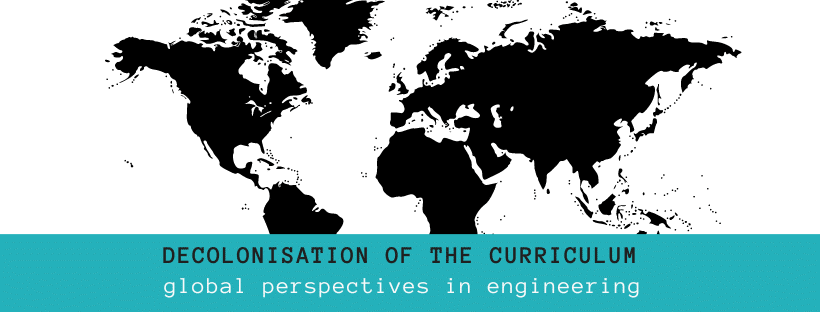How can your team perform better?
Three areas and one tool to focus on
What is a high performing team?
A high-performing team (HPT) is often described as a group of individuals who work together efficiently, effectively, and cohesively, towards a common goal. This type of team is characterized by mutual respect, trust, and an unwavering commitment to success.
While research shows that a team with a diversity of thought leads to greater innovation and creativity, it can also raise conflict and friction. I wanted to dive into this a bit deeper and explore the characteristics of high-performing teams and how they can be cultivated.
While much has been written, it seems there are three core areas to focus attention on to raise performance: clear communication, shared vision and alignment around goals, and trust.
1. Clear Communication
High performing teams are made up of individuals able to communicate clearly and effectively with one another. They listen actively, ask questions, and provide constructive feedback. As a team lead you could start by establishing (and role modelling) clear communication norms and protocols within the team, so team members are able to communicate their thoughts and ideas in a safe and supportive environment. To work this needs self-awareness as well as an awareness of others. A two-pronged approach, we use CliftonStrengths, and explore cultural awareness using a cultural orientation framework, (see The Culture Map by Erin Meyer, or Coaching Across Cultures: New Tools for Leveraging National, Corporate and Professional Differences by Phillipe Rosinski) being careful to flag up the dangers of cultural stereotyping.
Central to communication are mature listening skills. And tuning into your own internal Listening Villain, and your own need for detail, and whether you like to think aloud or quietly for example, can affect how you are perceived and come across within your team. For example, some people learn by asking questions and it is their capacity to formulate questions to gather and process information that is their greatest strength. Yet in some places, this can be perceived as the questioner not understanding the issue at hand. In some cultures, students grow up having been taught not to challenge, or question, someone in a more senior position. And so may remain silent when they don’t understand. Another’s silence might be because they are in deep reflection, examining contributions from others in minute detail. But this might be perceived as being disinterested in the problem, or even not understanding. When the fact is, they are totally engaged and absorbed.
Growing a team that can use coaching style questions, and develop a coaching habit, can facilitate deeper listening. And oftentimes, that means simply being quiet yourself.
2. Trust
Trust is the bedrock of any high performing team. Without trust, individuals are unable to work together effectively, take risks, or innovate. Trust is built over time through consistent behaviours and actions. Leaders can foster trust by creating a psychologically safe space and mutual understanding of what each person brings, but also needs to be their best. Much is written about trust and leadership (see Gallup’s Strengths-based leadership). One of the frameworks we like, and use is Lencioni who expressed trust in the form of this equation:
Trustworthiness = (Credibility + Reliability + Intimacy) ÷ Self-Orientation.
Credibility is related to what people say: the extent to which they demonstrate knowledge and understanding about their subject, speak with conviction and make us feel confident that they are in command of their subject matter and competent in applying their expertise.
Reliability is related to what people do: the extent to which they follow through on promises, meet deadlines, deliver against targets, achieve agreed quality standards and go the extra mile to ensure that they have completed their undertakings.
Intimacy is related to the safety and security we feel in a relationship: the extent to which confidentiality is maintained, the confidence we have in opening up more personal aspects of ourselves and our emotional concerns and the belief that our values will be respected.
These are explained as additive factors, that can all be torpedoed by the denominator, Self-orientation.
Self-orientation refers to a person’s focus. In particular, whether the other person’s focus is primarily on themselves or others.
Facilitated discussions – either face to face or online – can help teams come to understand each others’ orientations and be aware of what is driving apparent self-interest. Again, CliftonStrengths can help with this dialogue.
“Trust is the bedrock of any high performing team. Without trust, individuals are unable to work together effectively, take risks, or innovate.” – Lencioni
3. Shared Vision and alignment around shared Goals
High performing teams are characterized by a shared sense of purpose. Each person on the team understands how their role contributes to the broader mission. Clarity around goals and objectives, and personal alignment with these goals helps create a sense of accountability and motivation to achieve success as a team. Having space, and a language, that enables each person to interrogate the vison and goals from their own perspective adds creativity and deepens the understanding of how they can contribute to meeting the goal.
Again, CliftonStrengths, a deep understanding of all the 34 themes, helps us appreciate how we each need the others to meet these shared goals. Equally, knowing areas of the team where there may be gaps, helps focus attention on possible blind spots.
“High-performing teams are made up of individuals who are not just committed to their own success, but to the success of their teammates as well.”
– Simon Sinek
CliftonStrengths - the number one tool to choose?
So where to start? We always start with Clifton Strengths. One of the challenges all teams face is people’s past experiences where blame and suspicion, perhaps with justification, have been the default positions for many who feel let down by organisations and people in whom they have invested their trust. For some people once trust is violated it can never be reinstated. While for others, understanding more about the incident that broke our trust or caused hurt. can help heal burning resentment and fury. Using CliftonStrengths alongside other tools and insights gained through facilitated deeper discussions and analysis promotesbetter conversations that helps grow personal alignment to goals and deepening trust.







